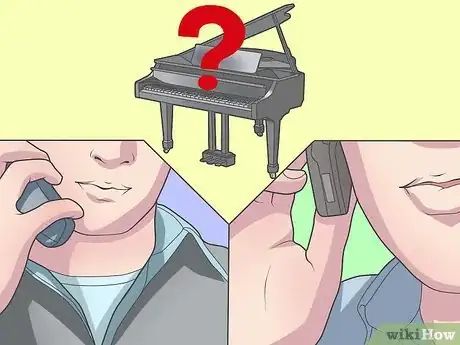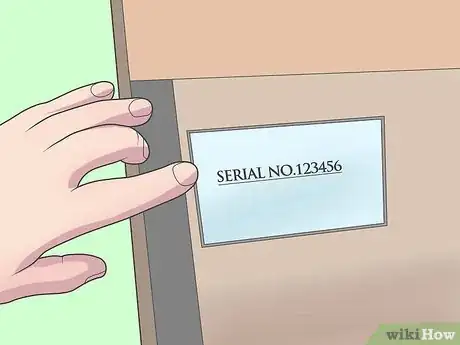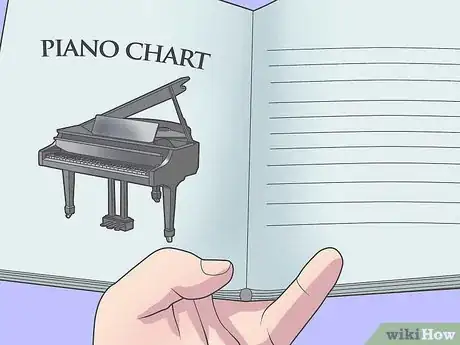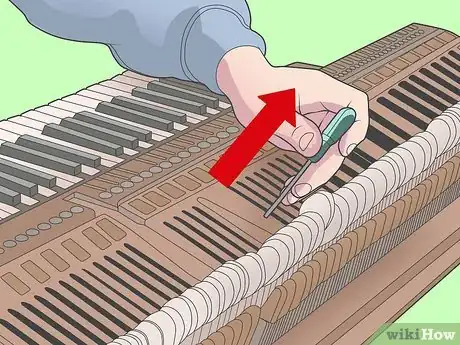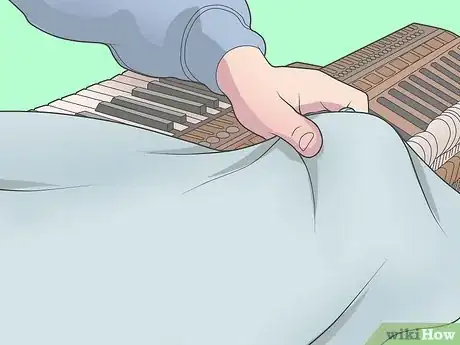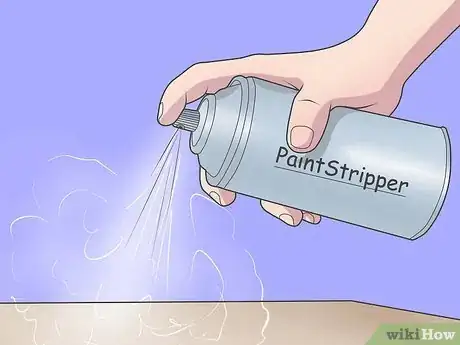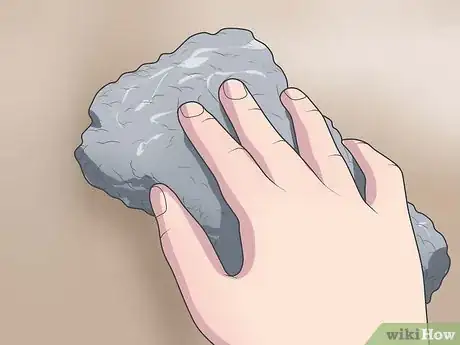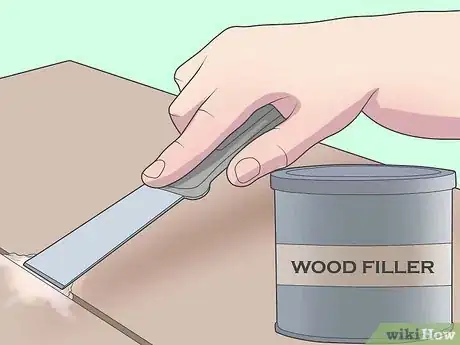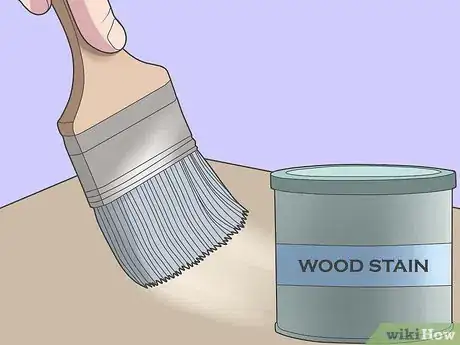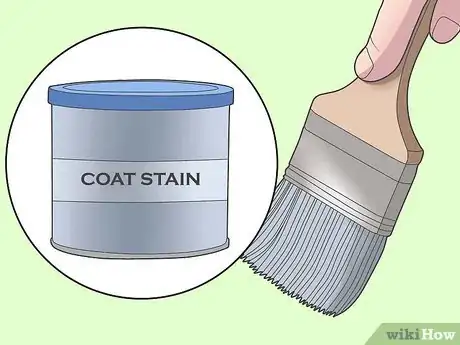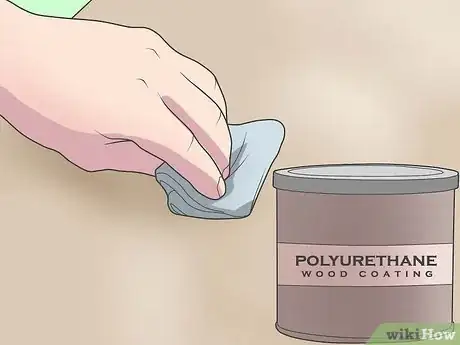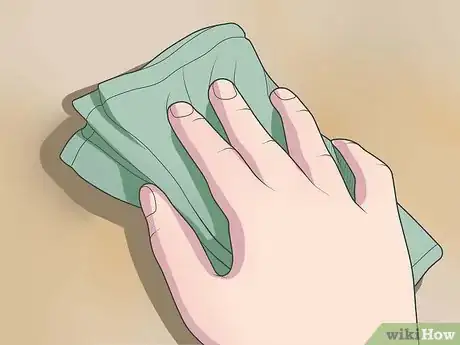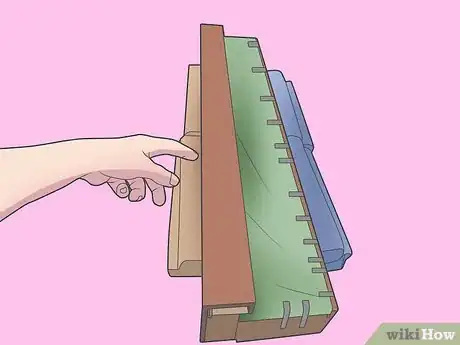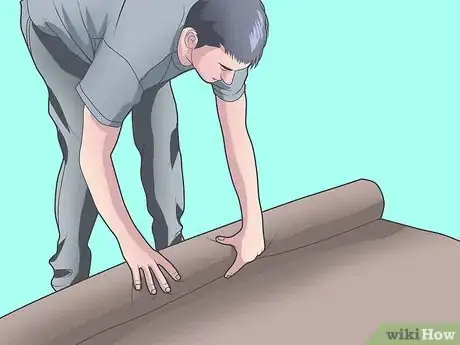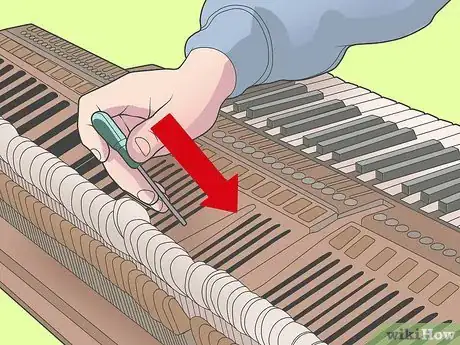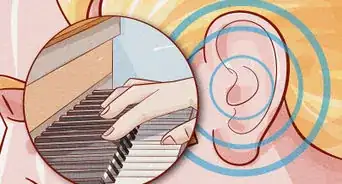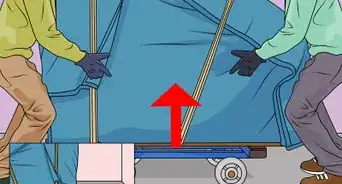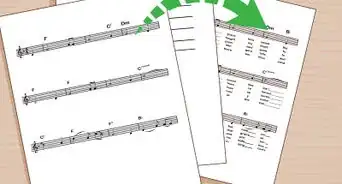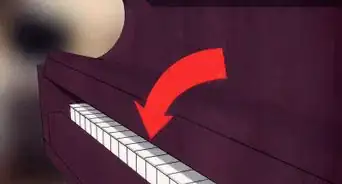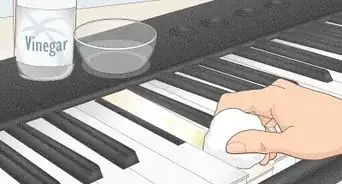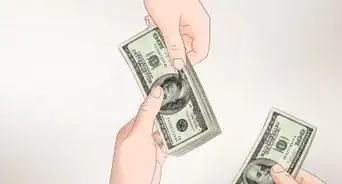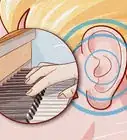X
wikiHow is a “wiki,” similar to Wikipedia, which means that many of our articles are co-written by multiple authors. To create this article, 15 people, some anonymous, worked to edit and improve it over time.
This article has been viewed 76,058 times.
Learn more...
Restoring a piano is labor-intensive, but you can do it yourself with a few tools and furniture restoration supplies. It is not advisable to restore your piano by yourself if it is a valuable antique; that is better left to a professional with a high degree of expertise. However, if you own an old piano that has already seen its glory days, restoring it yourself can be a fun and rewarding project.
Steps
Method 2
Method 2 of 6:
Determine the Worth of Your Piano Yourself
-
1Find the serial number. It is usually located on the plate of the piano between the bass and tenor strings. It is sometimes found on the top of the piano when you open the lid.
-
2Locate your piano on the chart[1] to see how old it is. Regardless of the age or manufacturer, keep in mind that ornate carvings and inlays, or any unusual design, can mean your piano is moderately more valuable, even in the face of poorer condition internals.
-
3Discuss the age and overall musical and structural integrity of your piano with a trusted technician. A pro can suggest to you the best stains and methods to use if you plan to restore the wood yourself. Unless you want to restore your piano so that it is a furniture showpiece only, consider consulting a piano tuner to determine if your piano is musically sound. A professional tuner can also advise you about replacing worn or damaged piano keys.
Advertisement
Method 3
Method 3 of 6:
Begin Your Restoration
-
1Disassemble the piano. This will require removing all the hardware and labeling each part so that you can reassemble it. You might want to take notes as well to help you remember the disassembly process because the project may take you a long time to complete. It also helps to take photographs of each piece before and after you remove them. Unless you are repairing parts within the main action, do not disassemble the main action.[2]
-
2Cover all the interior parts. Use a plastic sheet and make sure every part of the interior is covered.
Advertisement
Method 4
Method 4 of 6:
Remove the Varnish
-
1Use a furniture paint stripper to remove the old varnish. This may require several applications, especially if your piano has ornate parts or scroll work. (You can skip this step if your piano has no varnish or paint left on it.)
-
2Clean the bare wood after you have removed the varnish. Use paint thinner, fine steel wool and an old lint-free cloth. As almost all pianos use a very thin veneer, avoid taking off any more material than is necessary to remove the original finish.
-
3Use a wood filler to repair dings and dents. If you plan to use a lacquer finish coat, you must use a filler that has the same chemical makeup as the finish lacquer. (This will prevent a reaction to the stain you use that could cause uneven color after you stain the wood.)
-
4Choose the wood stain. Most finishes can be applied over most types of wood stain, but polyurethane varnish cannot be applied over some stains.
-
5Apply the first coat stain. Use a lint-free rag. You can also use a foam brush (use only new brushes). Stain a small area at a time and wipe away any excess to avoid streaking.
-
6Allow the first coat to dry thoroughly. You can apply as many coats of stain as you would like; each new coat will deepen the color.
Advertisement
Method 5
Method 5 of 6:
Apply the Finish Coat
-
1Start applying the final finish. Polyurethane works well as a finish coat. It will seal the stain and protect your piano from moisture damage. Your finish coats will dry pretty quickly, but you should allow each coat to dry for at least 48 hours between applications.
-
2Lightly sand between each coat. Use a fine-grade sandpaper or No. 000 steel wool to sand each thin coat of finish. (Two or three thin coats of finish will give your piano a professional sheen; it is a longer process, but is preferable to applying just 1 thick coat.)
-
3Use a tack cloth to wipe down the wood. After you sand each application, wipe down the wood with the tack cloth so that all dust and other particles are removed before you apply the next coat of polyurethane. If you skip this step, you will likely end up with a bumpy and unsightly finish coat.
Advertisement
Method 6
Method 6 of 6:
Reassemble the Piano
-
1Make absolutely sure all the parts are dry before you begin to reassemble the piano. Touch each piece and each part of each piece; if anything feels tacky, then it isn't thoroughly dry.
-
2Put a piece of carpet on the floor before you begin. You can also use a large, flat piece of cardboard or a sheet. This is a preventative step that will help prevent scratches to the wood while you are reassembling the piano.
-
3Reassemble the pieces in reverse order. Consult your photographs and your notes.
Advertisement
Community Q&A
-
QuestionWhat is the harp board made of?
 sawyer bergeronCommunity AnswerIf you are talking about the soundboard, it should be made out of spruce.
sawyer bergeronCommunity AnswerIf you are talking about the soundboard, it should be made out of spruce. -
QuestionWhat does it mean to restore a piano?
 Alyssa SilverglassCommunity AnswerYou take it to a shop to repair any broke parts or you do it yourself. Maybe restring old strings. Or to tune it. Also maybe for some body work on the piano. Just trying to fix it up to the newest condition possible.
Alyssa SilverglassCommunity AnswerYou take it to a shop to repair any broke parts or you do it yourself. Maybe restring old strings. Or to tune it. Also maybe for some body work on the piano. Just trying to fix it up to the newest condition possible. -
QuestionWhen I press down the pedals on my piano with my feet they don't work anymore. Can someone help?
 Community AnswerTry pushing down harder as they could just be jammed. If that doesn't work try going to the nearest music shop to see if they have a piano repair man that can come to your house to fix them.
Community AnswerTry pushing down harder as they could just be jammed. If that doesn't work try going to the nearest music shop to see if they have a piano repair man that can come to your house to fix them.
Advertisement
Warnings
- Wear proper, OSHA approved, personal protection when handling wood strippers and stains. Make sure your workspace is well-ventilated.⧼thumbs_response⧽
Advertisement
Things You'll Need
- Wood stripper
- Rags
- Fine steel wool (optional)
- Wood stain
- Polyurethane
- Foam brushes
- Screwdrivers and other hand tools
References
About This Article
Advertisement
